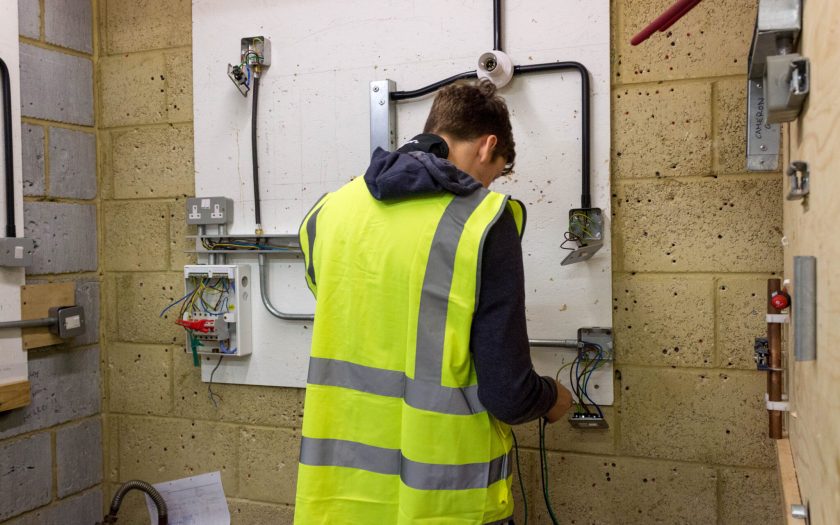Electricity powers our modern lives, illuminating our homes and enabling our gadgets. Yet, behind this convenience lies a complex network of wires, circuits, and components. Domestic electrical installation is a vital aspect of modern living, ensuring our homes are safe, functional, and energy-efficient. In this comprehensive guide, we will explore the essentials of domestic electrical installation, from planning and safety precautions to the actual installation process.
**1. ** Understanding the Basics
Before diving into the intricacies of domestic electrical installation, it’s crucial to grasp the fundamental concepts. Learn about voltage, current, resistance, and power. Familiarize yourself with different types of circuits, such as parallel and series circuits, and understand the role of components like switches, outlets, and circuit breakers.
2. Planning Your Electrical System
A well-thought-out plan is the foundation of a successful electrical installation. Consider the electrical needs of your home, including lighting, appliances, and electronics. Create a detailed diagram of your home’s layout, marking the desired locations for outlets, switches, and fixtures. Calculate the electrical load to ensure your system can handle the demand. It’s also essential to plan for future expansions, allowing for flexibility in your electrical setup.
3. Safety First
Safety should always be the top priority when working with electricity. Before starting any installation, turn off the power at the main circuit breaker to avoid electric shocks. Use insulated tools, wear appropriate personal protective equipment (PPE), and work in a well-lit environment. Familiarize yourself with local electrical codes and regulations to ensure compliance. If you are uncertain about any aspect of the installation, seek professional assistance.
4. Wiring and Connections
Mastering the art of wiring is at the core of domestic electrical installation. Understand different types of wires, their colors, and their appropriate uses. Learn how to make secure and reliable connections, whether using terminals, wire nuts, or soldering techniques. Proper wiring and connections are critical for the safety and longevity of your electrical system.
5. Installing Outlets, Switches, and Fixtures
Installing outlets, switches, and fixtures involves precise techniques. Learn how to mount boxes securely, route wires correctly, and make connections that meet safety standards. Understand the various types of outlets, switches, and fixtures available, including their specific applications and installation requirements. Proper installation ensures functionality and reduces the risk of electrical faults.
6. Troubleshooting and Maintenance
Even a well-installed electrical system may encounter issues over time. Develop troubleshooting skills to identify and fix common electrical problems, such as short circuits, tripped breakers, or faulty outlets. Regular maintenance, including inspecting wiring and connections, can prevent potential hazards and prolong the lifespan of your electrical system.
